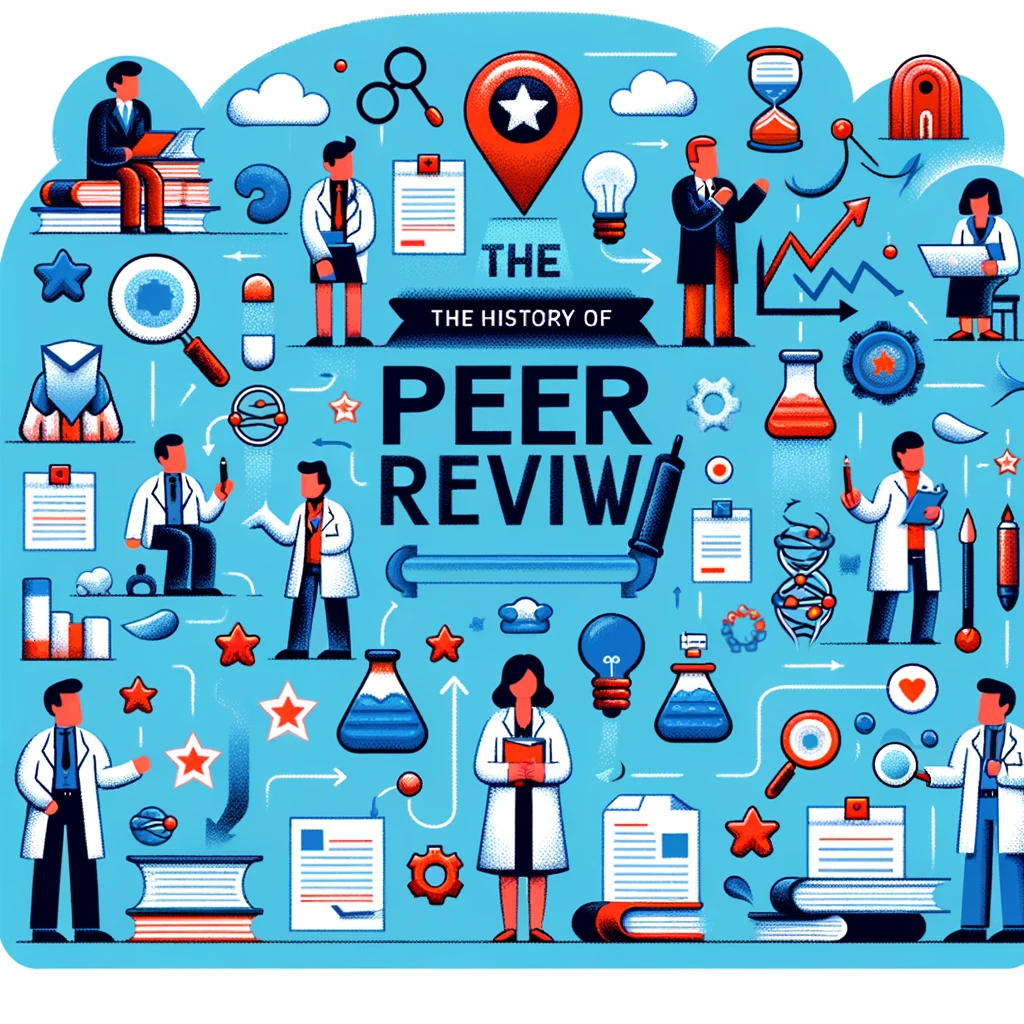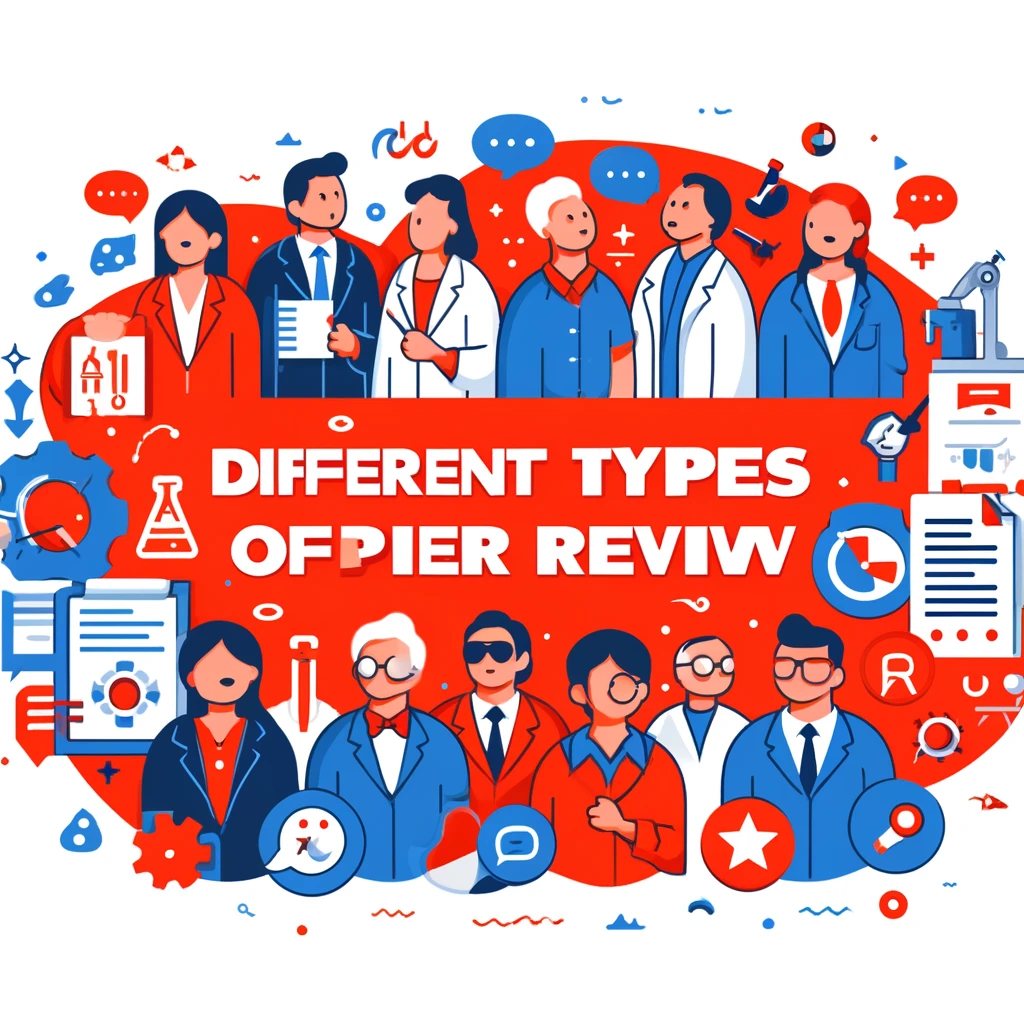Peer Review: A Comprehensive Guide to Understanding
What Is Peer Review?
Peer-review is a process where experts in specific fields are invited to provide a competent, critical evaluation on a manuscript, intellectual product of researchers, and authors. It is often adopted to determine a paper’s suitability for publication, but what peer-review does best is improve the quality of published papers: motivating authors to submit good quality work and helping to improve their work through the peer-review comments.
Peer reviewing helps to maintain quality standards and provide credibility and, ensuring that presented research is of high quality and accurately presented, contributes to the research field. Peer-review maintains the integrity of science by filtering out invalid or poor quality articles.


Why is peer review important?
Within the scientific community, it is a vital component of the academic writing process. It helps to ensure that papers published in scientific journals answer relevant research questions and draw accurate conclusions, based on unbiased, professional experimentation. With the huge increase of low-quality submissions in the recent years, peer-review has been established as one of the critical and reputable processes to serve as a filter and prevent unsuitable work from reaching the scientific community.
Peer-review is not without flaws and has attracted many criticisms over the time, as well as driving many trials to create an alternative validation process. However, despite many critiques, peer-review is still the only widely accepted method for research validation and has continued successfully with relatively minor changes for over 350 years. Peer-review is now not only a standard practice by most credible scientific journals, but the only way to ensure journal recognition and inclusion in reputable indexes. READ MORE >>
5 reasons to become a peer-reviewer
- Provides feedback so that researchers can improve their papers before publication. It also allows authors to see different perspectives on the issues raised. And gain confidence in their work.
- Enables journal editors to select the most important research findings for publication in their journals, based upon the objective, independent reviews of an expert group.
- Singles out duplicate and plagiarized papers avoiding cluttering publications. And prevents embarrassing errors.
- It strengthens a journal reputation, attracting better contributions.
- Drives authors to maintain high standards in research, with positive implications for society and funding allocation.
The history of peer review
Peer-review has a long history and it is considered to have been used since ancient Greece. The invention of the printing press in 1453, which enabled written documents to be distributed to the general public, required to regulate the quality of the material printed. “Philosophical Transactions of the Royal Society” (the very first journal in the world exclusively devoted to science) is thought to be also the first journal to formalize the reviewing process in 1665.
At this point, peer-review was introduced to help editors decide which manuscripts to publish in their journals, and not to evaluate the validity of the research. However, the peer-review process soon evolved and papers started to be distributed to reviewers with the intent of authenticating the integrity of research studies before its publication.

When in 1752 it became the official journal of The Royal Society of London it adopted this review procedure and developed the “Committee on Papers” to review manuscripts before they were published in “Philosophical Transactions”.
Technological advances helped to shape the peer-review process we know today. Photocopying made it easier to share by post copies of articles to reviewers (and review reports were also returned by email on paper forms). Just think of the time required to receive reviewer comments!! The introduction of the internet made the process much easier (as well as quicker and paperless) through the adoption of emails. Today, peer-review is almost exclusively performed through dedicated, highly performing online platforms and we are all used to the fast turnaround times that they allow.

Different Types of Peer Review
Different types of peer review ensure the quality and integrity of scholarly publications. The most common types are double-blind, single-blind, and open peer review. In double-blind review, neither authors nor reviewers know each other’s identities, promoting unbiased feedback. Single-blind review keeps the reviewer anonymous but reveals the author’s identity. Open peer review discloses both parties’ identities, fostering transparency and accountability.
Innovative peer review methods are also emerging to enhance the process such as transparent, collaborative, post-publication peer reviews, to name a few. Transparent peer review, for instance, publishes reviewer comments alongside the article, adding an extra layer of openness. Whereas collaborative peer review involves multiple reviewers working together, enriching the review with diverse insights.
Double-blind peer review
In double-blind peer review type, reviewers are not aware of the identify of the authors and authors are not aware of the identify of reviewers. Double-blind peer review is often preferred as it is perceived to provide a fairer chance of judgement, avoiding the risk of biased comments. Papers which will undergo a double-blind peer review will need to be anonymized appropriately to ensure a real anonymity of authors.
Single-blind peer review
In single-blind peer review type, the reviewers know the identity of the authors but the authors will not know the identity of reviewers. This model is the most common, especially across science and medicine journals. Reviewers anonimity provides the liberty of submitting an honest feedback, without the concern of being known.
Open peer review
There is no general consensus on the definition of open peer review, by typically it will identify a peer review process where both authors and reviewers know each other’s identity and review reports are published together with the accepted article. Some journals may also publish all peer review versions of an article, thus offering access to all changes made to the text and the peer review comments which generated the changes.
Innovative types of peer review
There is no general consensus on the definition of open peer review, by typically it will identify a peer review process where both authors and reviewers know each other’s identity and review reports are published together with the accepted article. Some journals may also publish all peer review versions of an article. Read more >>
